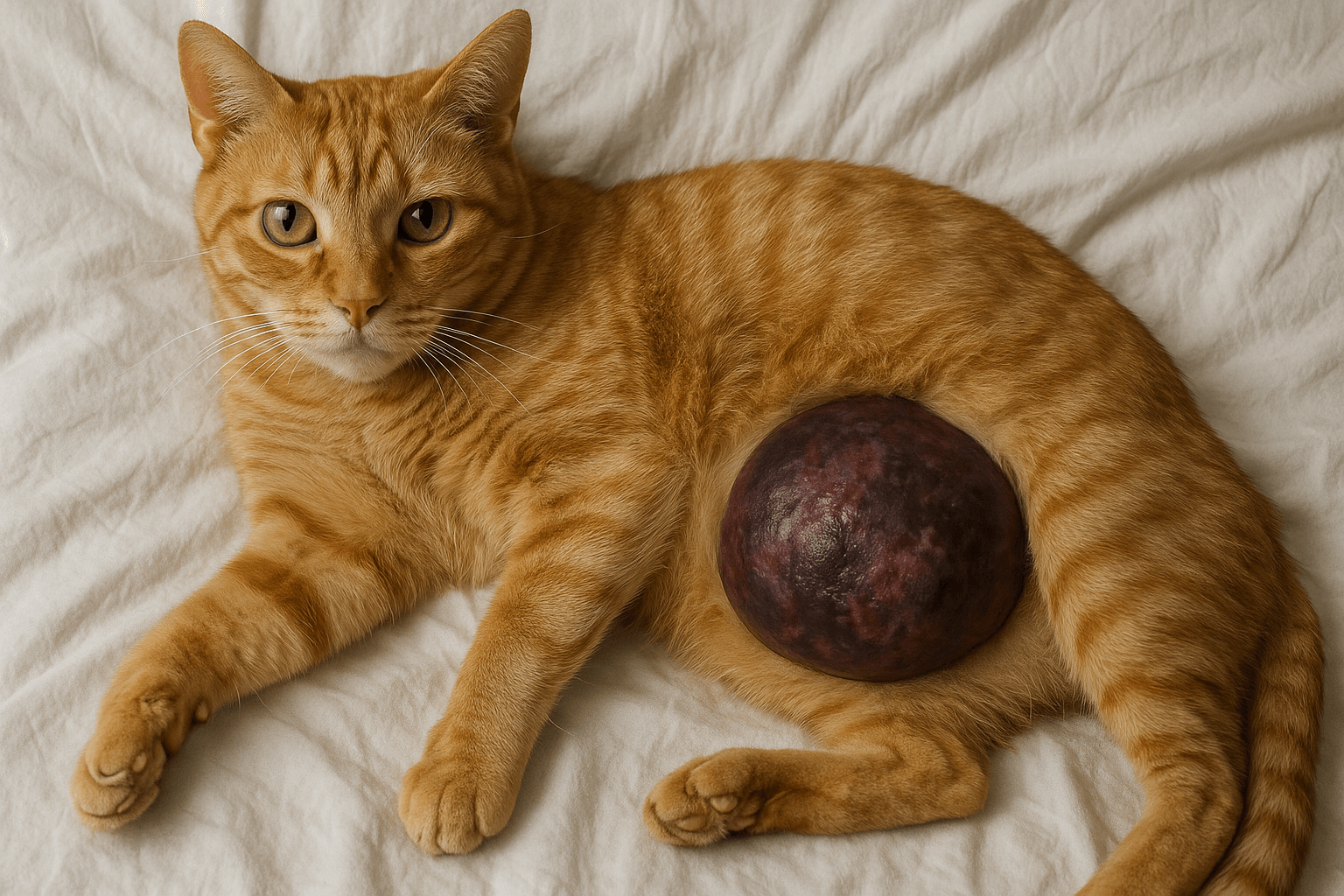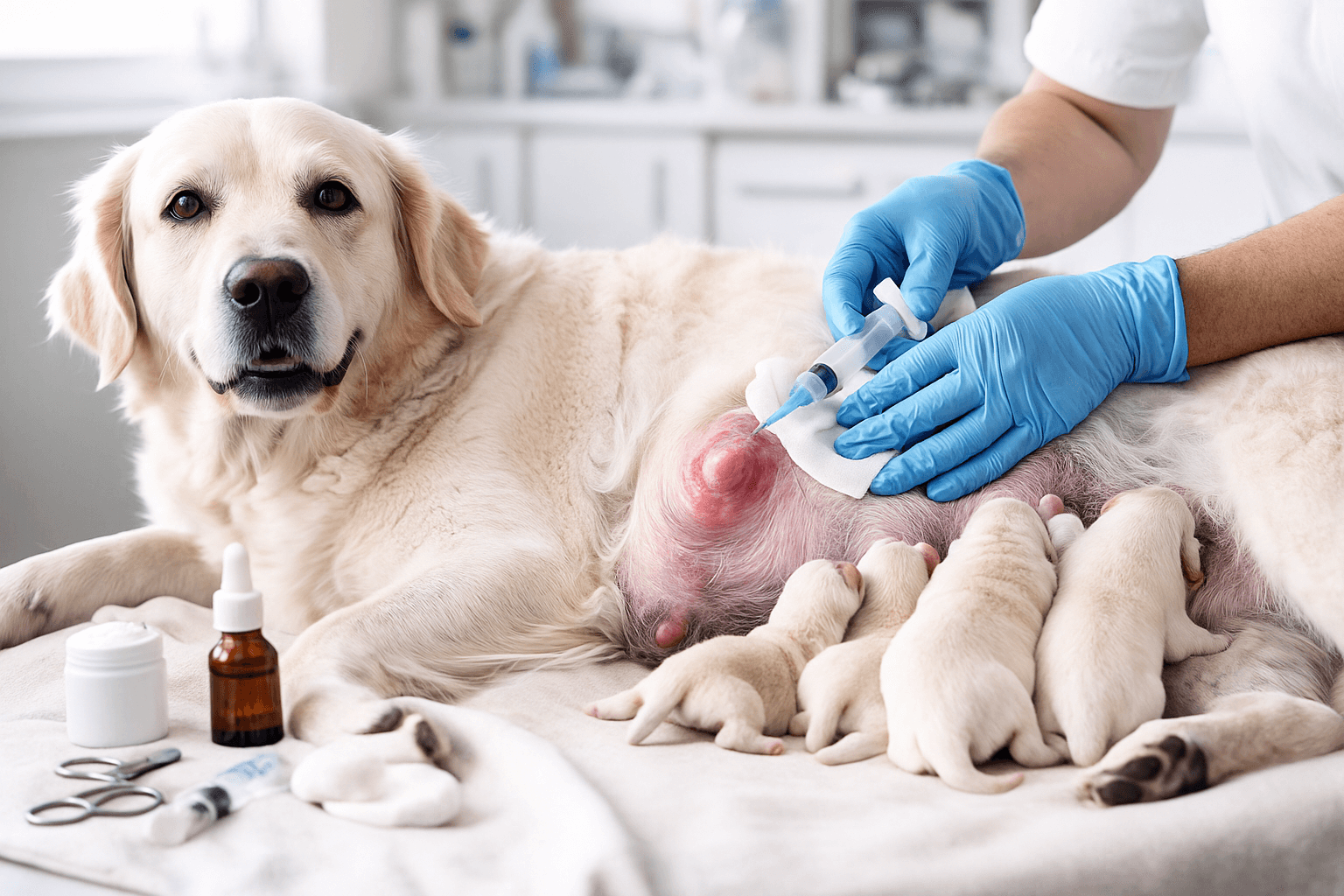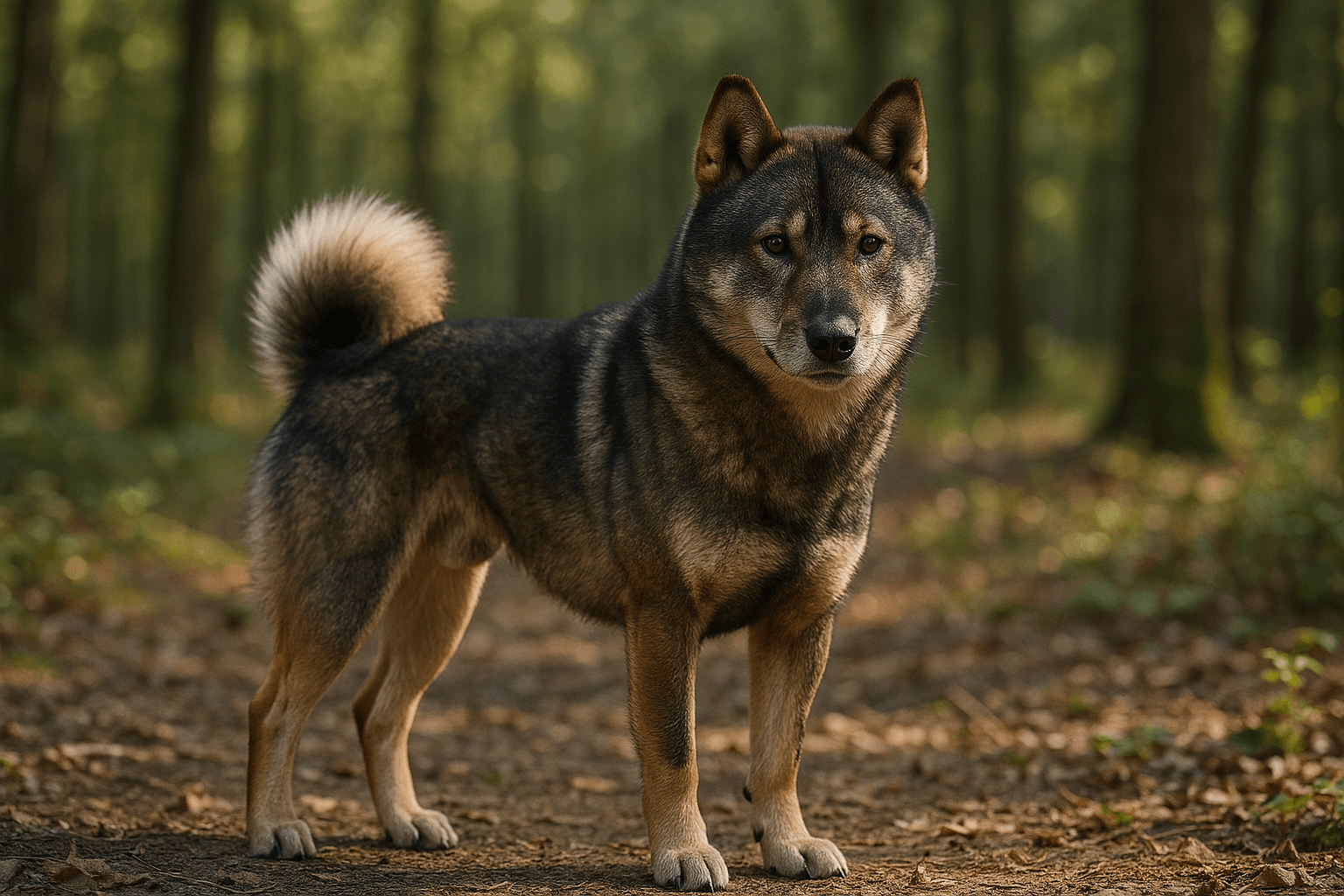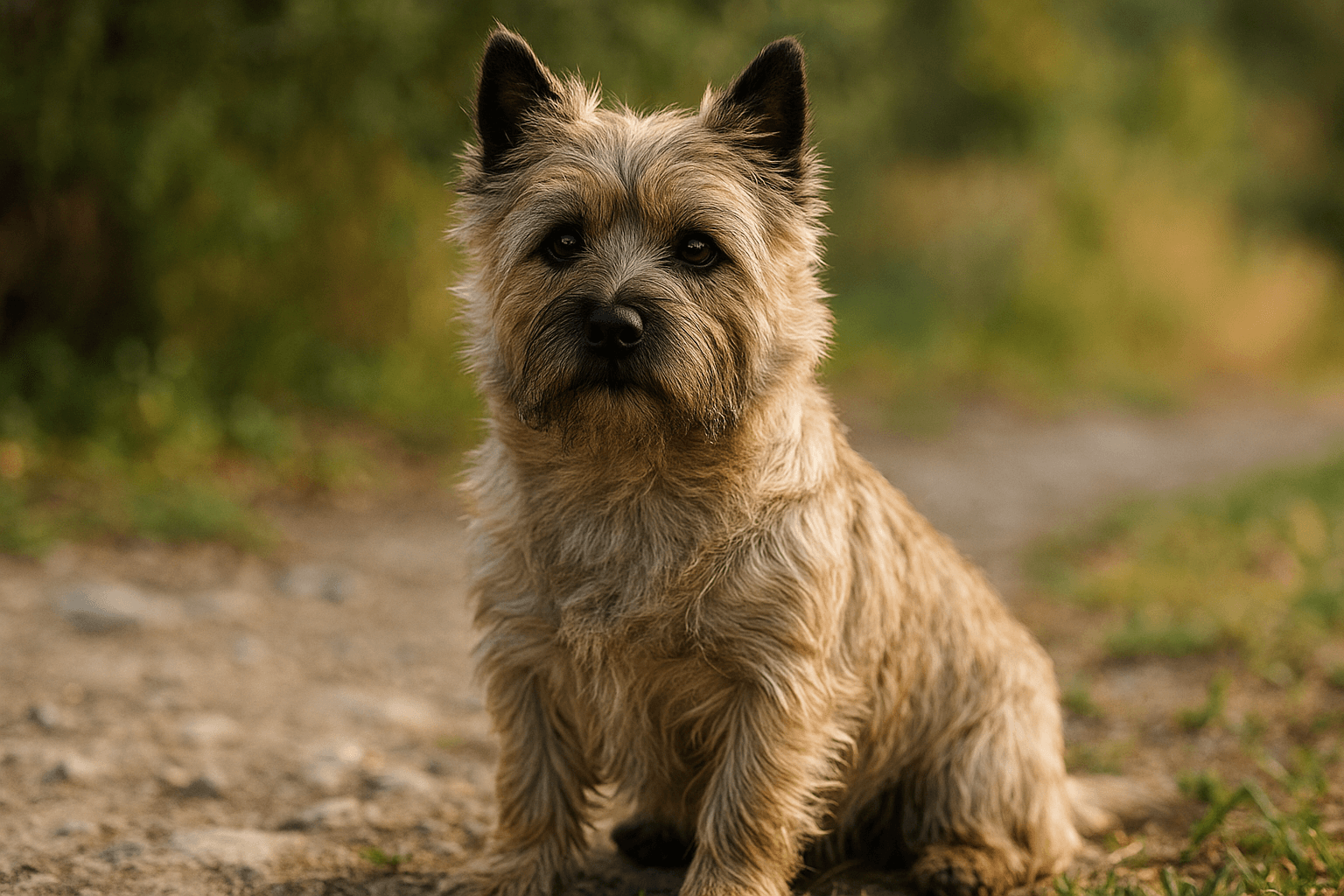Best Dog Food for Pitbulls
Pitbulls are known for their muscular build, energetic personalities, and loyal nature. However, keeping these incredible dogs healthy requires careful attention to their diet. Nutrition plays a vital role in maintaining their strength, supporting their active lifestyle, and preventing common health issues like allergies or joint problems. With so many dog food options on the market, choosing the best one for your Pitbull can feel overwhelming. In this guide, we’ll explore the key factors to consider when selecting food, highlight top recommendations, and provide practical tips to ensure your Pitbull thrives.
Key Nutritional Needs of Pitbulls
Understanding the specific dietary requirements of Pitbulls is essential for ensuring they receive balanced nutrition. These powerful dogs have unique needs that differ slightly from other breeds.
High-Quality Protein:
Pitbulls require protein-rich diets to support muscle development and repair. Look for foods with real meat as the primary ingredient, such as chicken, beef, or lamb.Moderate Fat Content:
Healthy fats provide energy and promote skin and coat health. Sources like fish oil, flaxseed, or chicken fat are excellent choices.Controlled Carbohydrates:
While carbs are necessary for energy, excessive amounts can lead to weight gain. Opt for complex carbohydrates like sweet potatoes or brown rice.Joint-Supporting Ingredients:
Glucosamine and chondroitin help maintain joint health, which is crucial for active Pitbulls prone to arthritis or hip dysplasia.Allergy-Friendly Formulas:
Many Pitbulls suffer from food sensitivities. Grain-free or limited-ingredient diets can reduce the risk of allergic reactions.
By focusing on these nutritional elements, you can provide your Pitbull with a diet tailored to their specific needs, promoting long-term health and vitality.

Top Ingredients to Look For in Pitbull Food
When shopping for dog food, it’s important to scrutinize the ingredient list to ensure it aligns with your Pitbull’s dietary requirements. Here are some key ingredients to prioritize.
Real Meat as the First Ingredient:
High-quality proteins should always top the list, providing the building blocks for strong muscles and overall health.Omega-3 Fatty Acids:
Found in salmon, flaxseed, or fish oil, these fatty acids support brain function, reduce inflammation, and improve coat shine.Probiotics and Prebiotics:
These ingredients aid digestion, boost the immune system, and help Pitbulls absorb nutrients more effectively.Antioxidant-Rich Vegetables:
Ingredients like spinach, carrots, and blueberries provide essential vitamins and minerals that combat oxidative stress.Natural Preservatives:
Avoid artificial preservatives like BHA or BHT; instead, look for natural options like mixed tocopherols (vitamin E).
Choosing foods rich in these ingredients ensures your Pitbull receives a wholesome, nutrient-dense diet that supports their active lifestyle.
Check this guide 👉Are Pitbulls Bad Dogs? Best 7 Expert Tips!
Check this guide 👉Saint Bernard Pitbull Mix: Best 7 Expert Tips!
Check this guide 👉Azawakh Pitbull Mix: Best 7 Expert Tips!
Benefits of Premium Dog Food | Signs Your Pitbull Needs a Diet Change |
|---|---|
Supports muscle growth and strength | Excessive shedding or dull coat |
Promotes joint and bone health | Frequent digestive upset or diarrhea |
Reduces risk of food allergies | Weight gain or obesity |
Enhances energy levels and stamina | Lethargy or lack of enthusiasm |
Improves skin and coat condition | Chronic ear infections or skin irritation |
Common Mistakes to Avoid When Feeding Pitbulls
Even well-intentioned owners can make mistakes when feeding their Pitbulls. Avoiding these pitfalls ensures your dog stays healthy and happy.
Overfeeding:
Pitbulls are prone to weight gain, which can strain their joints. Follow portion guidelines based on their age, size, and activity level.Feeding Low-Quality Kibble:
Cheap dog food often contains fillers and by-products that lack nutritional value. Invest in high-quality formulas for better health outcomes.Ignoring Food Allergies:
Symptoms like itching, vomiting, or diarrhea may indicate a food allergy. Consult your vet to identify trigger ingredients.Skipping Hydration:
Always provide fresh water alongside meals to keep your Pitbull hydrated and support digestion.Inconsistent Feeding Schedule:
Irregular meal times can disrupt digestion. Stick to a consistent schedule to regulate their appetite and metabolism.
By avoiding these common errors, you can optimize your Pitbull’s diet and prevent potential health issues.
Tips for Transitioning Your Pitbull’s Food
Switching your Pitbull’s food requires care to avoid digestive upset. Follow these tips to make the transition smooth and stress-free.
Gradual Mixing:
Start by mixing a small amount of the new food with the old food, gradually increasing the ratio over 7-10 days.Monitor for Reactions:
Watch for signs of allergies or intolerance, such as vomiting, diarrhea, or excessive gas, during the transition period.Maintain Portion Control:
Keep portions consistent to prevent overfeeding or underfeeding while adjusting to the new formula.Stick to a Schedule:
Feed at the same times each day to maintain routine and minimize stress for your Pitbull.Consult Your Veterinarian:
If unsure about the switch, seek professional advice to ensure the new food meets your dog’s nutritional needs.
A thoughtful transition process helps your Pitbull adapt to their new diet without discomfort or disruption.
Benefits of Homemade Dog Food
For owners interested in preparing meals at home, homemade dog food offers several advantages—but it must be done correctly. Here’s what you need to know.
Customizable Recipes:
Homemade meals allow you to tailor ingredients to your Pitbull’s specific dietary needs or allergies.Fresher Ingredients:
Using fresh, whole foods ensures your dog receives maximum nutritional value without preservatives or additives.Better Digestibility:
Many dogs digest homemade meals more easily than processed kibble, reducing the risk of gastrointestinal issues.Avoidance of Fillers:
You can eliminate unnecessary fillers like corn, wheat, and soy that offer little nutritional benefit.Stronger Bond Through Meal Prep:
Preparing meals for your Pitbull fosters a deeper connection and sense of responsibility.
While homemade food has its perks, always consult your vet to ensure the diet is balanced and complete.
Understanding Food Labels
Deciphering dog food labels can be confusing, but understanding them is crucial for making informed choices. Here’s how to read labels effectively.
Primary Ingredient Focus:
The first ingredient listed should always be a high-quality protein source. Avoid foods where grains or fillers appear first.Guaranteed Analysis:
This section provides percentages of protein, fat, fiber, and moisture, helping you assess the food’s nutritional profile.AAFCO Statement:
Look for an AAFCO (Association of American Feed Control Officials) certification indicating the food meets specific nutritional standards.Ingredient Sourcing:
Research where ingredients are sourced to ensure they’re safe and ethically produced.Avoid Artificial Additives:
Steer clear of foods containing artificial colors, flavors, or preservatives, which can harm your Pitbull’s health.
Understanding food labels empowers you to choose products that truly benefit your dog.
Addressing Common Pitbull Health Concerns Through Diet
Diet plays a critical role in managing and preventing health issues commonly seen in Pitbulls. Here’s how nutrition can help.
Joint Health:
Foods rich in glucosamine and chondroitin support joint function, reducing the risk of arthritis and hip dysplasia.Skin and Coat Issues:
Omega-3 fatty acids and zinc can alleviate dry skin, itching, and flakiness, promoting a shiny, healthy coat.Obesity Prevention:
A calorie-controlled diet combined with regular exercise helps maintain a healthy weight, minimizing strain on joints and organs.Food Allergies:
Limited-ingredient or novel protein diets can help identify and manage allergens causing symptoms like itching or digestive upset.Energy Levels:
Balanced macronutrients—protein, fat, and carbs—ensure your Pitbull has the stamina to stay active throughout the day.
By addressing these concerns through diet, you can enhance your Pitbull’s quality of life and prevent future complications.
FAQ
How much should I feed my pitbull daily?
The amount depends on their age, weight, and activity level. Most adult pitbulls require 2-3 cups of food per day, divided into two meals.
Can pitbulls eat grain-free food?
Yes, many pitbulls thrive on grain-free diets, especially if they have grain sensitivities. However, consult your vet to ensure it’s suitable for your dog.
Are raw diets safe for pitbulls?
Raw diets can be nutritious but come with risks like bacterial contamination. Always research thoroughly and consult your vet before trying this approach.
What are signs of food allergies in pitbulls?
Symptoms include itching, red skin, ear infections, and gastrointestinal issues. If you suspect allergies, consult your vet for testing and dietary adjustments.
How often should I switch my pitbull’s food?
It’s best to stick with one high-quality food unless there’s a specific reason to switch. Frequent changes can upset their stomach.
Nourishing Your Pitbull for a Happy, Healthy Life
Feeding your Pitbull the right food is one of the most impactful ways to ensure their well-being and longevity. By focusing on high-quality ingredients, understanding their unique nutritional needs, and avoiding common feeding mistakes, you can provide a diet that supports their active lifestyle and vibrant personality. Remember, every Pitbull is different, so tailor their meals to suit their individual preferences and health requirements. With proper nutrition, your loyal companion will thrive, bringing joy and energy to your home for years to come.
Spleen Cancer in Cats: Best 7 Expert Tips! – Expert insights on symptoms, care, treatment & quality of life for feline spleen cancer.
Dog Mastitis Treatment: Best 7 Expert Tips! – Safe, vet-approved care for nursing moms & prevention strategies.
The Shikoku Ken Dog: Best 7 Expert Tips! – Discover expert care, training & health advice for this rare, loyal Japanese mountain breed.
The Cairn Terrier Dog Breed: Best 7 Expert Tips! – Discover care, training & health advice for this spirited, loyal Scottish terrier.





